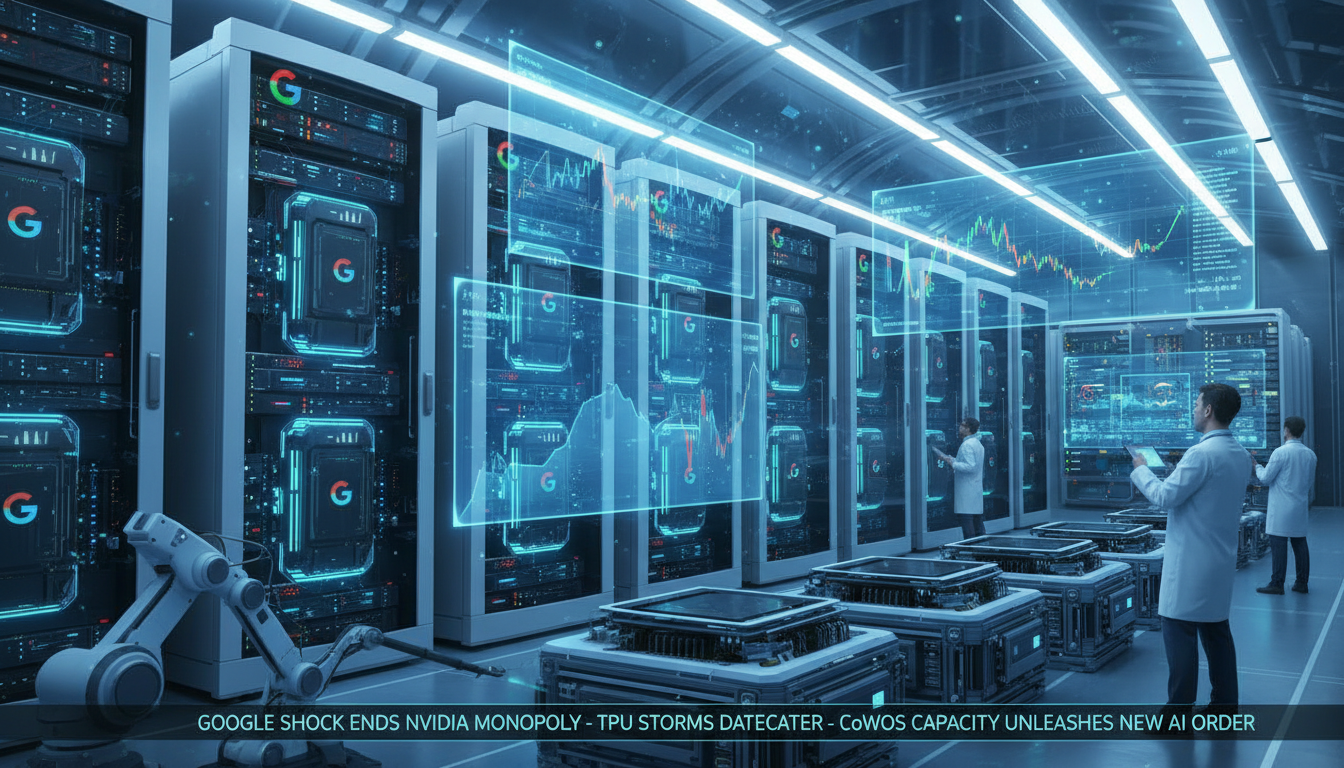● FDSE Disruption AI Revolutionizes Global Economy
FDSE, a hybrid developer role leading the era of generative AI and global economic outlook
Concept and Differentiated Role of FDSE
FDSE is a hybrid expert who resides on the customer site, performing both technical sales and development simultaneously.
Unlike existing SI dispatch developers, FDSE autonomously identifies and addresses customized software needs that customers may not even be aware of, rather than merely implementing standardized requirements outlined in contracts.
This role has established itself as a growth driver for companies amid global economic forecasts, IT innovations, and the trends of the Fourth Industrial Revolution.
The Rising Background of FDSE in the Generative AI Era
In today’s environment dominated by generative AI trends, while middle management and regular developers face layoffs, the demand for FDSEs is skyrocketing.
Leading companies such as OpenAI and Anthropic, as well as innovation leaders like Salesforce and Snowflake, are actively hiring FDSEs.
In this way, FDSE is emerging as a talent that can effectively and quickly reflect the unique demands of corporate clients, replacing traditional technical sales representatives and consultants.
Economic Ripple Effects and Case Studies of FDSE
A representative example of FDSE implementation is Palantir, where General Mills, a major American food company, saved $14 million annually thanks to the settings provided by FDSE.
Additionally, in the case of John Deere’s agricultural machinery manufacturing, FDSE led innovations that reduced the use of herbicides by up to 70%, maximizing cost savings and efficiency for the client company.
These achievements prove that FDSE plays a crucial role in enhancing corporate competitiveness from the perspectives of innovative technology, global economic forecasts, AI trend analysis, the Fourth Industrial Revolution, and IT industry development.
FDSE vs. Existing Dispatch Developers – Differences in Autonomy and Creativity
As developers positioned at the forefront with excellent customer accessibility, FDSEs possess the ability to interpret technical terminology professionally and engage directly with clients to reflect technologies promptly.
In contrast, existing SI dispatch developers have limitations in communication with clients, whereas FDSEs break down the barriers between sales and consulting, providing creative and autonomous problem-solving capabilities to respond swiftly to the market.
This aspect aligns with the economic outlook and SEO keywords related to the IT industry, such as global economic forecast, AI trend, Fourth Industrial Revolution, IT innovation, and economic growth, further accentuating the significance of FDSE in the future.
Future Outlook: FDSE and Economic and AI Trends
Generative AI services cannot merely be resolved through subscriptions but require fine-tuning tailored to the characteristics of each customer’s industry.
Accordingly, FDSE performs the role of enhancing corporate competitiveness by providing immediate feedback and professional AI tuning on-site.
This transformation has become a core issue in global economic forecasts, AI trends, the Fourth Industrial Revolution, and IT industry development, continually raising the value and importance of FDSE.
[Related Articles…]Palantir FDSE Innovation Case | The Link between Generative AI and Economic Outlook
*Source: [ 티타임즈TV ]
– 팔란티어의 비밀무기 #shorts
● Aging Crisis Sparks Market Revolution
Population Structure Change and the Aging Era, Reading the New Paradigm of Business Market Strategy!
The Connection Between Population Change and Economic Outlook
In order to create wealth and predict the future of the economy, it is essential to focus not only on current population figures but also on the qualitative changes in overall population structure and movement patterns.
As discussed in an interview with Professor Cho Yong-tae from Seoul National University, the phenomena of low birth rates and aging are not just about population decline; they have a significant impact on economic outlook and market strategy.
Different generations and groups, such as seniors and single-person households, are not homogenous; therefore, approaching a single group as a whole greatly increases the likelihood of failure.
Keeping in mind SEO keywords such as economic outlook, global market, aging, population structure, and market strategy, this article explores how demographic analysis can help predict and respond to future market and wealth trends.
Segmented Market Approach – Multi-Aging Strategy
It is essential not to perceive the elderly and single-person household markets as a single homogenous group just because they are both growing.
Even within the same age group, different cohorts—such as those from the industrialization era and the democratization era, as well as baby boomers—exhibit vastly different lifestyles and consumption tendencies.
Therefore, companies should adopt a multi-aging strategy rather than approaching the senior market with a single product or service, taking into account the diverse needs and consumption patterns of each group.
To achieve this, it is necessary to enhance segmentation through the analysis of age effects, period effects, and cohort effects, as well as to develop tailored products and services.
Understanding Global Market Expansion and Foreign Population Structures
Rather than merely focusing on domestic population decline, companies should analyze global demographic changes, educational levels, and consumption patterns in order to develop long-term strategies.
In countries with a pronounced demographic shift, such as China and India, it is essential to consider not only the current low birth rate issues but also the future outlooks for the labor market and consumer market.
For example, the changes in China’s population structure, which emerged from the one-child policy and the preference for male children since the 1990s, necessitate a long-term strategy that does not ignore these phenomena, as short-term strategies could have adverse effects on businesses.
Thus, companies must comprehensively consider various factors, including productivity, education levels, and labor mobility, when shaping their overseas market entry strategies and insights.
The Importance of Future Organizations and Population Literacy
Population changes can bring significant shifts within corporate structures.
With the advent of AI and the Fourth Industrial Revolution, there is a considerable possibility that organizational sizes will shrink or that retirement ages will be extended.
Alongside this, it is important to focus on ‘literacy’ regarding population—what can be termed as population literacy—understanding both the current and future population structure properly and establishing organizational operations and market strategies accordingly.
Only companies that can restructure their markets and organizational frameworks in response to predictable demographic shifts will be able to maintain competitiveness in global markets.
Key Insights Not Covered by Other Media
Typically, mainstream news emphasizes the simple growth of the aging and single-person household markets.
However, a critical point is that populations should be viewed as ‘segmented markets’ rather than as ‘homogenous groups.’
In other words, even among individuals of the same age, there are significant differences in lifestyle, health awareness, and cultural backgrounds, necessitating a multi-aging strategy.
Furthermore, when assessing the demographic structures and consumption trends in overseas markets, it’s crucial to analyze them not just as numerical data but through a complex lens of sociocultural characteristics and educational levels.
In this way, strategies based on population literacy are emerging as crucial elements for establishing future economic forecasts and market strategies.
[Related Articles…]Major Issues in Population Forecasts
Market Strategies and Global Trends
*Source: [ 티타임즈TV ]
– [송수진의 소비자 인사잇 #6] “시니어, 1인가구 시장을 퉁쳐서 접근하면 무조건 실패한다” (인구학자 조영태 서울대 교수)
● AI Revolution Ignites Coding Boom
Claude Opera 4.5 Innovation: The Ultimate AI Performance, A Coding Revolution Enjoyable Even for Non-Developers
1. Performance Upgrade of Claude Opera 4.5 and Economic Impact
Claude Opera 4.5 boasts the strongest LLM performance currently available, surpassing Gemini 3.0, setting a new milestone in AI technology advancement.
This update is not just a mere technical enhancement; it is expected to significantly assist in data-driven decision-making and productivity improvement amid the Fourth Industrial Revolution and global economic transition.
The latest keywords in economics and AI— “economics,” “AI,” “Fourth Industrial Revolution,” “coding,” and “data”—are interconnected seamlessly, reinforcing innovative competitiveness.
2. Claude Code Desktop: A Coding Solution Accessible to Everyone
The Claude Code desktop version has been released with an intuitively improved UI/UX, making it easy for non-developers to use.
Just selecting one folder allows users to start coding immediately, enabling a range of projects such as game development and to-do list management without complicated CLI commands or GitHub integration.
Users can obtain their desired results through real-time code generation and simultaneous modification requests, using it as a tool for data analysis and economic forecasting.
3. Enhanced Data Analysis and Task Automation with Browser and Excel Extensions
Claude Opera 4.5 supports web page summarization, shopping searches, market research, and chart generation easily through its Chrome browser extension and Claude for Excel extension.
In particular, the Excel extension automates complex data analysis, including electric vehicle market research, helping to respond quickly to economic forecasts and global market changes.
Real-time data-based chart visualization is garnering attention for being optimized for data-driven economic and AI analysis.
4. Parallel Processing and Integrated Marketing Strategy Support: Proposing an Innovative Business Model
Claude Code Desktop enables parallel processing of coding along with channel marketing strategies and content planning, significantly aiding productivity innovation for both businesses and individuals.
Taking a to-do management app as an example, it can handle everything from automatic categorization of tasks to marketing strategies and social media content planning all at once, positioning itself as an integrated solution suitable for the Fourth Industrial Era.
Such features will be a significant strength when reinterpreting business models in line with global economic trends and AI trends.
5. Impact on Economic Outlook and the Fourth Industrial Revolution
With the launch of Claude Opera 4.5, the popularization of AI technology and the acceleration of data-driven economic analysis are anticipated.
More sophisticated coding tools and real-time data analysis capabilities will play a crucial role in enhancing corporate competitiveness in the era of global economic transition and the Fourth Industrial Revolution.
Real-world examples show that the convergence of economic forecasting, AI technology, and coding automation across various industrial sites is creating new market value, a point that deserves attention.
[Related articles…]Analysis of Claude Opera 4.5 Innovations
Claude Code Non-Developer Innovations
*Source: [ AI 겸임교수 이종범 ]
– 클로드 오퍼스 4.5 + 클로드 코드 + 브라우저 + 엑셀 확장까지 | 신기능 완벽 가이드


